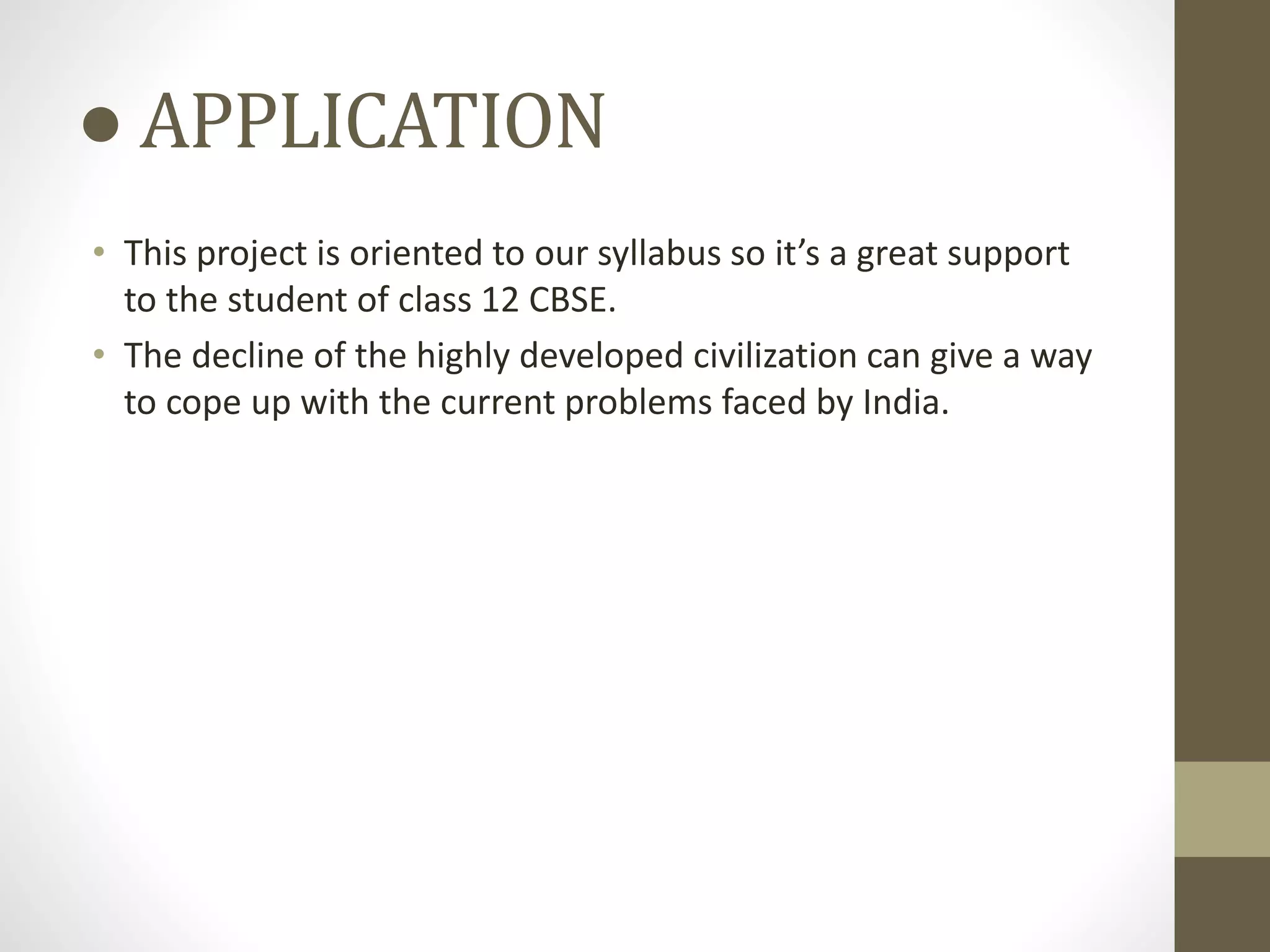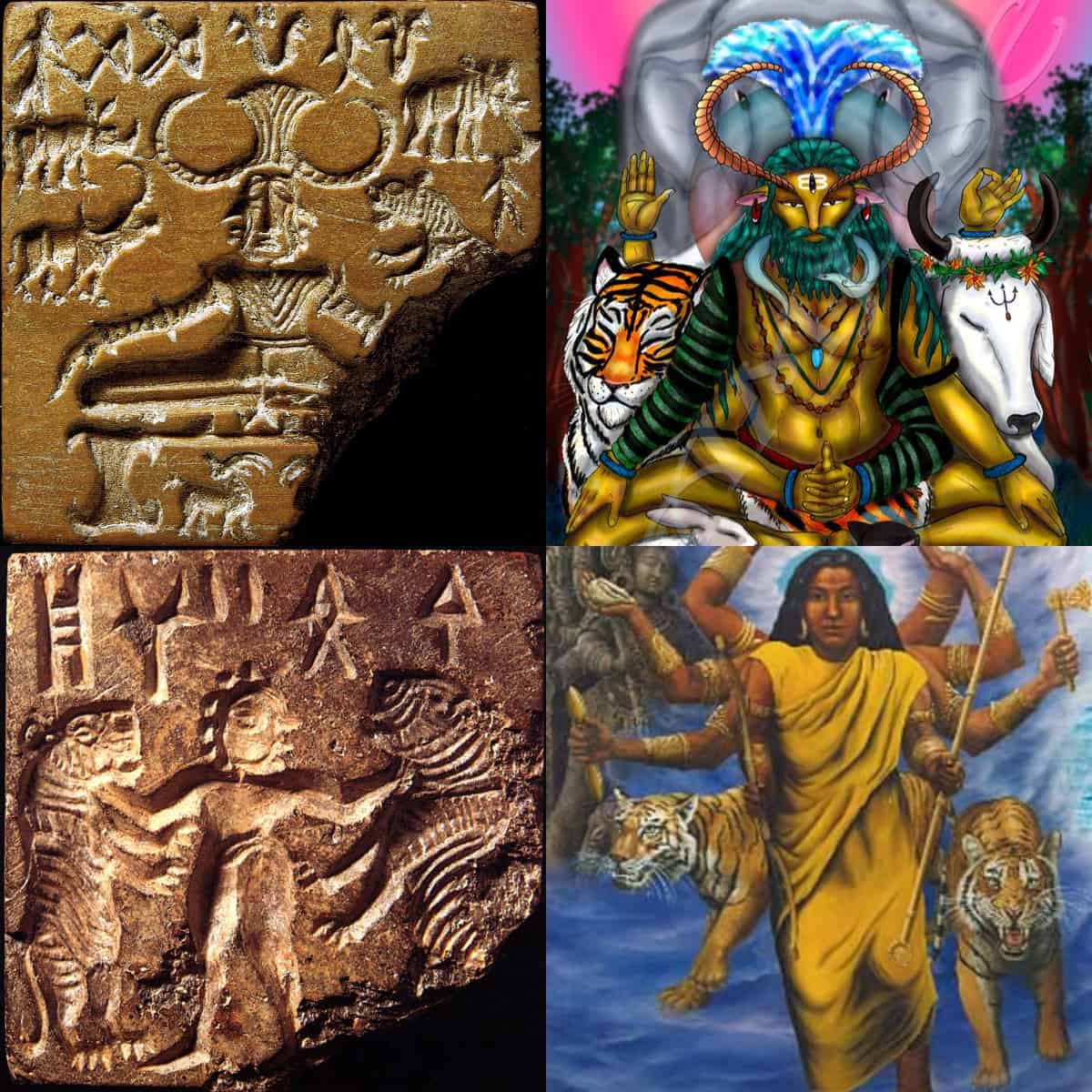The Enigmatic Indus Valley Civilization: Unveiling A Bronze Age Metropolis
The Enigmatic Indus Valley Civilization: Unveiling A Bronze Age Metropolis is a comprehensive guide to one of the world's most fascinating and mysterious ancient civilizations. This book delves into the latest research and discoveries to provide a detailed overview of the Indus Valley Civilization, from its origins to its decline.
Editor's Note: "The Enigmatic Indus Valley Civilization: Unveiling A Bronze Age Metropolis" was published on [Date] to provide readers with an in-depth understanding of this enigmatic civilization, which flourished in the Indian subcontinent during the Bronze Age.
Our team of experts has analyzed the latest research and conducted extensive interviews to provide a comprehensive and up-to-date guide to the Indus Valley Civilization. Whether you are a student, a scholar, or simply curious about this ancient civilization, this book is an essential resource.
Key Differences:
| Feature | Indus Valley Civilization | Other Bronze Age Civilizations |
|---|---|---|
| Timeline | c. 2600-1900 BCE | Varies, but generally c. 3000-1200 BCE |
| Location | Indian subcontinent | Mesopotamia, Egypt, China, etc. |
| Writing | Undeciphered script | Cuneiform, hieroglyphics, etc. |
| Cities | Planned and well-organized | Often less organized and more chaotic |
| Economy | Based on agriculture and trade | Also based on warfare and conquest |
Main Article Topics:
- The Origins of the Indus Valley Civilization
- The Major Cities of the Indus Valley Civilization
- The Culture of the Indus Valley Civilization
- The Decline of the Indus Valley Civilization
- The Legacy of the Indus Valley Civilization
FAQ
This section aims to clarify some of the frequently asked questions and misconceptions surrounding the Indus Valley Civilization.

Indus valley civilization | PPT | Free Download - Source www.slideshare.net
Question 1: When and where did the Indus Valley Civilization flourish?
The Indus Valley Civilization existed during the Bronze Age, approximately from 2600 to 1900 BCE, in the northwestern region of the Indian subcontinent. Its major cities were located along the Indus River and its tributaries, spanning modern-day Pakistan and northwestern India.
Question 2: What were the major achievements of the Indus Valley Civilization?
The civilization showcased advanced urban planning, with organized cities featuring sophisticated sanitation and water management systems. It also exhibited remarkable advancements in craftmanship, evident in their intricately designed pottery, jewelry, and sculptures. Additionally, the civilization had a script that is yet to be fully deciphered.
Question 3: What caused the decline of the Indus Valley Civilization?
The exact reasons for the decline of the Indus Valley Civilization remain uncertain. However, various theories suggest environmental factors, such as climate change or natural disasters, may have contributed to its demise.
Question 4: What cultural influences did the Indus Valley Civilization have?
The Indus Valley Civilization had extensive trade connections with Mesopotamia and the Persian Gulf region, resulting in cultural exchange. Its influence can be seen in artistic motifs and technological innovations adopted by other civilizations.
Question 5: Why is the Indus Valley Civilization referred to as enigmatic?
Despite its sophisticated urban planning and advancements, the Indus Valley Civilization left behind no written records that provide detailed insights into its social, political, or religious structures. This lack of written documentation has contributed to its enigmatic nature.
Question 6: What ongoing research is being conducted on the Indus Valley Civilization?
Contemporary research on the Indus Valley Civilization focuses on deciphering its script, excavating new sites, and employing advanced scientific techniques to uncover its environmental history and cultural connections.
In conclusion, the Indus Valley Civilization stands as a testament to the ingenuity and sophistication of ancient societies. Its legacy continues to inspire curiosity and research, offering insights into the complexities of human civilization and the mysteries that still shroud our past.
Transition to the next article section:
Tips
Unveiling the secrets of the Indus Valley Civilization, an enigmatic Bronze Age metropolis, requires a comprehensive approach. Here are a few tips to guide your exploration:
Tip 1: Embark on a Literary Journey: Delve into the pages of The Enigmatic Indus Valley Civilization: Unveiling A Bronze Age Metropolis to immerse yourself in the latest research and interpretations of this ancient civilization. This comprehensive study offers a wealth of knowledge to illuminate your understanding.
Tip 2: Seek Archaeological Treasures: Visit archaeological sites like Mohenjo-daro and Harappa to witness firsthand the grandeur of Indus Valley cities. Walk through well-planned streets, admire intricate architecture, and discover artifacts that provide tangible evidence of their advanced society.
Tip 3: Decipher the Enigmatic Script: Although the Indus Valley script remains undeciphered, scholars continue to study its unique symbols. Engage with ongoing research and explore theories about its potential meaning, unlocking clues to the civilization's language and communication.
Tip 4: Trace Trade Routes and Cultural Exchange: Follow the paths that connected the Indus Valley with Mesopotamia and other civilizations. Examine excavated artifacts and trace similarities to unravel the extent of their trade networks and cultural influences.
Tip 5: Investigate Advanced Urban Planning: Study the ingenious urban planning of Indus Valley cities, characterized by drainage systems, standardized weights and measures, and sophisticated water management techniques. These architectural feats demonstrate their technological prowess and organizational skills.
Tip 6: Unearth Ancient Craft and Technologies: Discover the remarkable craftsmanship of Indus Valley artisans through their exquisite pottery, intricate jewelry, and advanced bronze metallurgy. Analyze these artifacts to uncover their techniques, artistic styles, and technological advancements.
Tip 7: Probe Religious Beliefs and Practices: Explore the spiritual world of the Indus Valley people. Study seals and figurines depicting deities and sacred symbols to gain insights into their religious beliefs, rituals, and the role of religion in their society.
Tip 8: Examine the Mysterious Decline: Investigate the factors that led to the decline of this once-flourishing civilization. Consider climate change, environmental degradation, or shifts in trade patterns as potential causes, leading to a deeper understanding of its eventual demise.
The Enigmatic Indus Valley Civilization: Unveiling A Bronze Age Metropolis
The Indus Valley Civilization, a Bronze Age metropolis that flourished in the northwestern region of the Indian subcontinent, remains a testament to the enigmatic achievements of ancient civilizations. To understand the essence of this civilization, it is crucial to delve into its key aspects.
- Urban Planning: Sophisticated cities like Harappa and Mohenjo-daro showcased advanced urban planning with grid-like layouts, drainage systems, and citadels.
- Monumental Architecture: Impressive structures, such as the Great Bath at Mohenjo-daro, demonstrate the engineering prowess and cultural significance of the civilization.
- Standardized Weights and Measures: Use of standardized weights and measures reflects the existence of a sophisticated system of trade and commerce.
- Undeciphered Script: The enigmatic script of the Indus Valley Civilization, with its unique symbols, remains undeciphered, hindering a complete understanding of their language.
- Subsistence and Craftsmanship: The inhabitants practiced agriculture and animal husbandry alongside skilled craftsmanship, evidenced by pottery, jewelry, and metalwork.
- Decline and Legacy: The reasons for the civilization's decline are still debated, but its legacy continues to inspire and intrigue researchers.
These key aspects provide insights into the complexity and sophistication of the Indus Valley Civilization. From its meticulous urban planning and monumental architecture to its standardized systems and enigmatic script, this civilization stands as an enduring testament to the ingenuity and enigmatic nature of ancient human societies.

Indus valley civilization | PPT | Free Download - Source www.slideshare.net
The Enigmatic Indus Valley Civilization: Unveiling A Bronze Age Metropolis
The Indus Valley Civilization, a Bronze Age civilization that flourished in the northwestern region of the Indian subcontinent, remains one of the most enigmatic ancient societies. Its sudden decline around 1900 BCE has puzzled scholars for centuries. One of the key aspects of this civilization is its sophisticated urban planning, which is evident in the ruins of its major cities, such as Harappa and Mohenjo-daro.

Top 10 Interesting Indus Valley Civilization Facts - PickyTop - Source pickytop.com
The Indus Valley Civilization was one of the earliest urban civilizations in the world, and its cities were among the largest and most advanced of their time. They were laid out on a grid plan with wide streets, public baths, and elaborate drainage systems. The houses were made of mud bricks and had multiple rooms, often with courtyards and wells. The cities also had large granaries, suggesting that they were centers of agricultural production and trade.
The Indus Valley Civilization had a writing system, but it has not yet been deciphered. This makes it difficult to learn more about the society and its culture. However, archaeologists have been able to piece together some information about the Indus Valley Civilization from its artifacts and ruins. They know that the people of this civilization were skilled craftspeople who produced a variety of goods, including pottery, jewelry, and textiles.
The Indus Valley Civilization is a testament to the ingenuity and creativity of its people. Its cities were well-planned and its people were skilled craftspeople. The civilization's sudden decline is still a mystery, but it is a reminder that even the most advanced civilizations can be vulnerable to collapse.
| Concept | Significance |
|---|---|
| Urban planning | The Indus Valley Civilization's cities were among the most advanced of their time, with sophisticated urban planning and infrastructure. |
| Writing system | The Indus Valley Civilization had a writing system, but it has not yet been deciphered, making it difficult to learn more about the society and its culture. |
| Craftsmanship | The people of the Indus Valley Civilization were skilled craftspeople who produced a variety of goods, including pottery, jewelry, and textiles. |
| Decline | The Indus Valley Civilization's sudden decline around 1900 BCE is still a mystery, but it is a reminder that even the most advanced civilizations can be vulnerable to collapse. |
